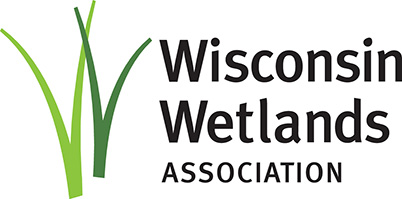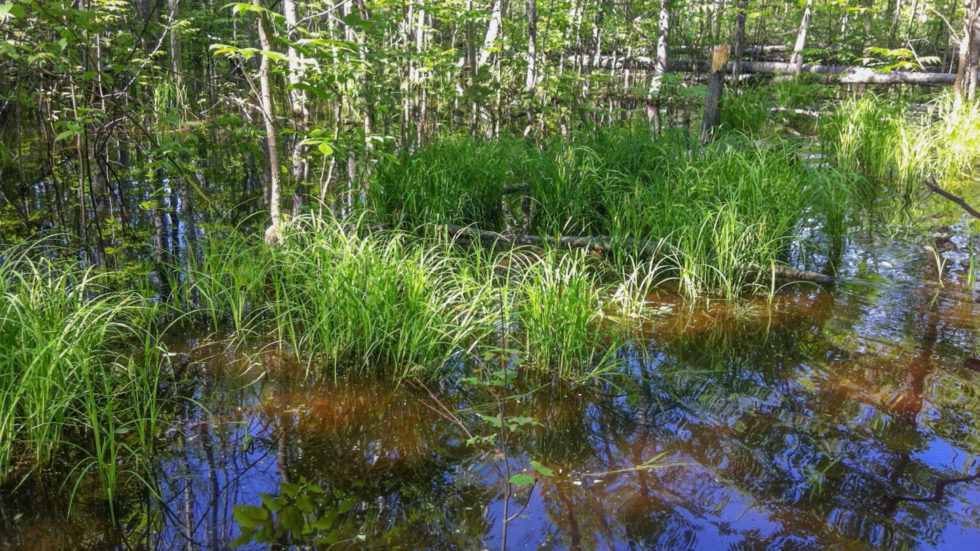State agencies exert a hefty influence over the fate of Wisconsin lands and waters. They administer environmental regulations, distribute funding for conservation activities, and control a lot of land. Add it up, and you can see why helping state agencies do more and better wetlands work is a major emphasis of the policy program at Wisconsin Wetlands Association (WWA).
Toward this end, one of WWA’s policy priorities for the 2023-2024 biennium was “Increase integration of stream and wetland practices for runoff management.”
On June 1, 2024, we celebrated a major step forward when the Wisconsin Department of Agriculture, Trade, and Consumer Protection’s (DATCP) Soil and Water Resource Management (SWRM) program updated ATCP 50 to enable the use of state funding for hydrologic restoration and stream restoration. ATCP 50 is the administrative rule governing SWRM’s distribution of state cost-share dollars to agricultural conservation practices. (State cost-share dollars help landowners implement conservation projects by offsetting some of the cost of a project.) This development was a byproduct of a multi-year, EPA-funded collaboration between WWA and DATCP.
The SWRM program, also known as the runoff management program, has a dual objective of improving water quality and soil health. In addition to providing funding, ATCP 50 dictates how DATCP’s conservation engineers provide technical services to Wisconsin’s 72 county land conservation departments (LCDs). It also establishes the standards that county LCDs must meet when distributing state cost-share dollars for installing conservation practices on privately owned lands.
The new provisions for hydrologic and stream restoration emphasize what WWA refers to as an “outcomes-based” approach. Rather than emphasizing a singular conservation practice or technique, the rule enables the use of combinations of practices suitable to achieving goals including slowing the flow of runoff, reducing flood peaks, restoring surface and groundwater interactions, improving water quality, increasing groundwater infiltration, maintaining base flow, and more.
WWA’s role in this collaboration has been twofold. We helped evaluate current policies and identify potential improvements. We are also helping to co-develop and deliver trainings for DATCP engineers and county LCD staff to help them better consider when and how repairing degraded hydrology can help address natural resource concerns.
The approved changes represent one of many steps needed to increase hydrology-focused wetland, stream, and floodplain restoration work in Wisconsin. The changes are also consistent with the provisions of a soon-to-be-released general permit for hydrologic restoration under development by the Wisconsin Department of Natural Resources.
WWA was involved in the development of both new policies and will continue collaborating to help state agencies and restoration practitioners alike make full and effective use of the wetland conservation opportunities they enable.
Related content
Can wetlands and farms go together?




